On June 4, 2025, the Walter E. Washington Convention Center in Washington, D.C., buzzed with drones and discussions at the AI+ Expo, hosted by the Special Competitive Studies Project (SCSP). Former Google CEO Eric Schmidt, a co-founder of SCSP, delivered a keynote that spotlighted drones as pivotal to future warfare, drawing thousands of tech executives, military officers, and policymakers to explore AI’s role in national security, reports Fortune.
Drones Take Center Stage in AI-Driven Defense
The expo reportedly showcased a range of unmanned aerial vehicles (UAVs), emphasizing their role in modern defense strategies. Schmidt envisioned a military powered by AI and drones, describing a two-layered defense system.
“I would have two layers of drones,” he said. “I’d have a set of ISR drones [unmanned aerial vehicles used for intelligence, surveillance, and reconnaissance], and they are ones with high deep looking cameras, and they watch everything. They’re connected by an AI network, which is presumably designed to be un-jammable. And then I would have essentially bomber drones of one kind or another, the ISR drones would observe, and they would immediately dispatch the bomber.”
This setup, Schmidt argued, would make it “essentially impossible to invade a country by land,” highlighting drones’ potential to secure borders and deter ground-based threats.
The event featured live drone demonstrations, with UAVs buzzing overhead to illustrate their real-time surveillance capabilities. Companies like Lockheed Martin presented prototypes, showcasing drones equipped with advanced sensors capable of covering areas up to 50 square miles. These systems integrate AI to process data on the fly, identifying threats faster than human operators.
Geopolitical Stakes in the AI and Drone Race
Schmidt’s keynote also addressed the global competition in AI and Drone Technology, framing it as a geopolitical race. He warned of a scenario called Mutual AI Malfunction, where nations slow each other’s AI progress through aggressive tactics like bombing data centers.
This, he cautioned, could destabilize global power dynamics if one side gains AI dominance. The expo’s timing aligns with recent events, such as Ukraine‘s use of drones to strike Russian air bases just days before the conference, underscoring the real-world implications of Schmidt’s vision.

The event attracted a diverse crowd, including state leaders like Mississippi Governor Tate Reeves, who emphasized the economic stakes.
“The leaders in this space are here, and I want to be talking to the leaders that are going to make decisions about where they’re going to capital invest in the future,” Reeves stated.
This reflects a growing trend where states compete to attract drone and AI firms, offering tax incentives and infrastructure to support R&D hubs.
Implications for Drone Operators and Industry Growth
For drone professionals and recreational pilots, the expo signals a shift toward AI-integrated systems that could redefine operational standards. Drones with un-jammable AI networks could enhance safety and reliability, especially for beyond-visual-line-of-sight (BVLOS) missions. However, this also raises regulatory questions, as the FAA continues to develop rules for BVLOS operations, potentially requiring new certifications for AI-enabled UAVs.
Economically, the Drone Industry stands to benefit as defense contracts grow.
Schmidt noted, “There’s an entire set of companies in America that want to build this… many of them are here at our show—I want a small amount of the government’s money to go into that industry.”
This could spur job creation, with demand rising for engineers skilled in AI and UAV design. For recreational pilots, the focus on defense-grade drones may trickle down to consumer models, bringing advanced features like AI navigation to hobbyist UAVs.
The AI+ Expo underscores drones’ evolving role in both warfare and civilian applications, positioning them as a cornerstone of future technology. As Schmidt concluded, the next generation is already shaping this future:
“They’re beating the much bigger adults… This is the future. They’re inventing it with or without us, that’s where we should go.”
Discover more from DroneXL.co
Subscribe to get the latest posts sent to your email.


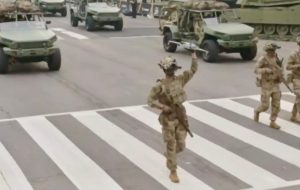
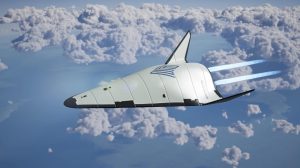
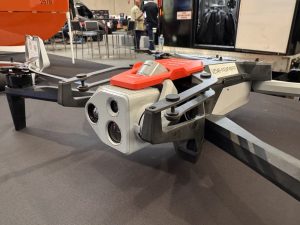


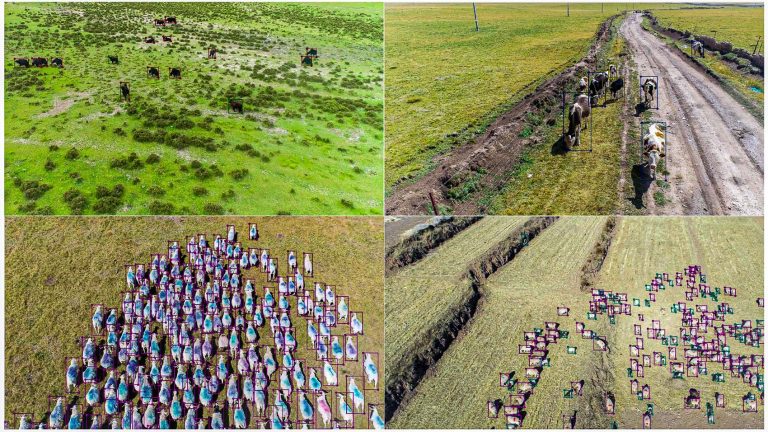

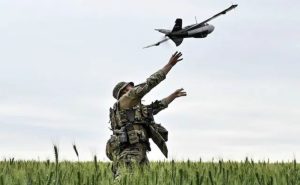


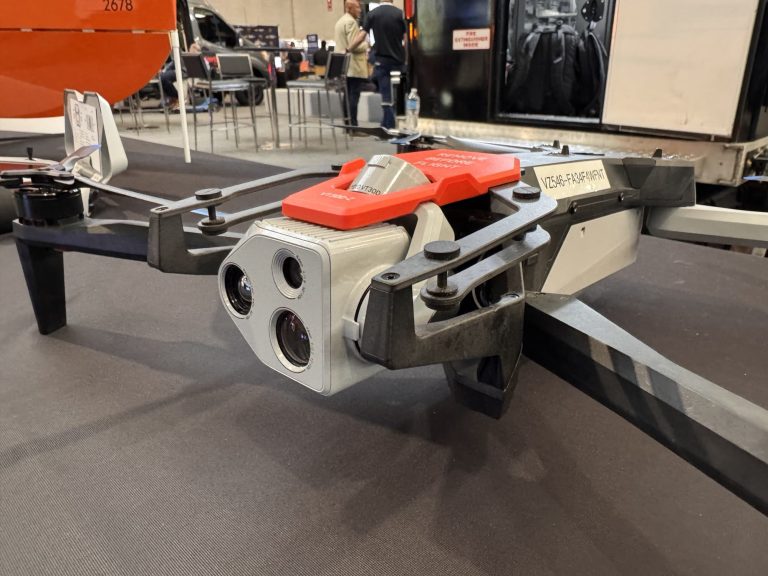
+ There are no comments
Add yours